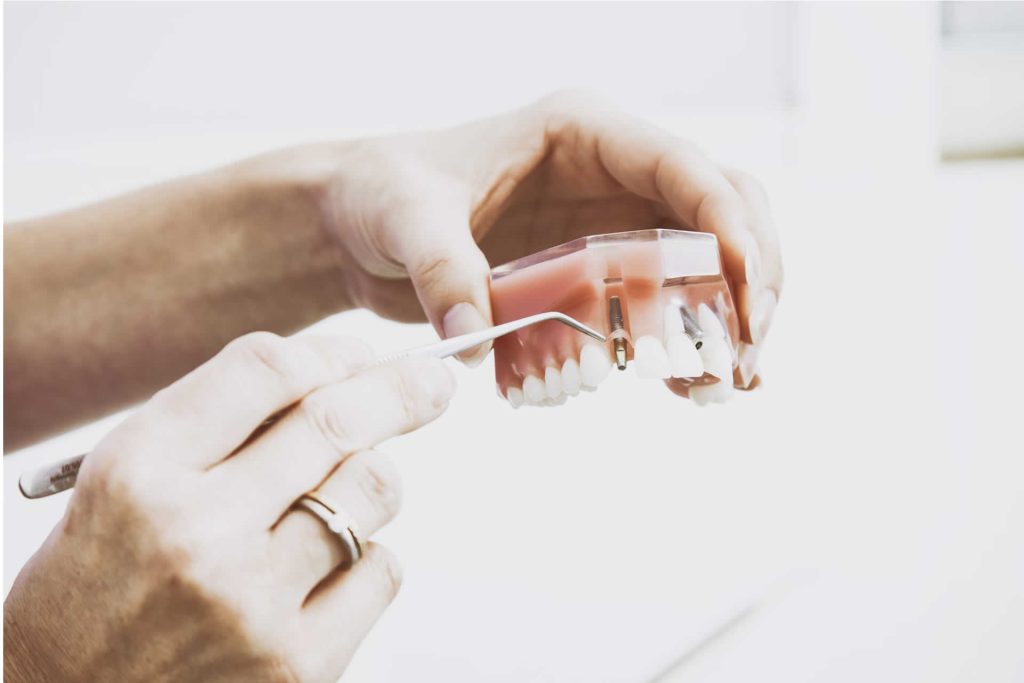Dental implants have revolutionized tooth replacement, offering a permanent solution for people with missing teeth. If you’re considering dental implants in Burlington, understanding the procedure can ease any apprehension and help you make an informed decision. Dental implants are life-like solutions that, when surgically implanted, offer stability, durability, and a dazzling, beautiful smile. How can this transformative tooth replacement option allow you to achieve naturally-looking teeth? Let’s delve into the process step-by-step:
1. Initial Consultation
The journey begins with a consultation with a cosmetic dentist in Burlington. Your dentist will assess your oral health, discuss your goals, and determine if you’re a suitable candidate for dental implants. Factors like bone density, overall health, and any existing dental issues are considered.
2. Treatment Planning
Once you’re deemed eligible, a personalized treatment plan is created. This involves X-rays, impressions, and 3D scans to map out the implant replacement. Your dentist will discuss anesthesia options and address any concerns.
3. Dental Implant Surgery
You shouldn’t feel pain during the surgery itself because it involves local anesthesia. The procedure includes drilling titanium rods into the bone beneath your gums.
4. Implant Placement
During the surgical procedure, the oral surgeon inserts titanium implant posts in your jawbone. These act as artificial tooth roots. The surgery is typically done under local anesthesia, ensuring minimal discomfort.
5. Osseointegration
Over the next few months, osseointegration or bone adherence occurs. The bones fuse with the implant, providing stability. During this healing period, you’ll wear a temporary crown or bridge.
6. Extender Placement
Once osseointegration is complete, an extender or support piece (a.k.a. abutment or corrector) is attached to the implant. This serves as the foundation for your new tooth.
7. Custom Crown Placement
Your dentist creates a custom crown that matches your natural teeth. This crown is securely attached to the extender (abutment), completing the restoration.
8. Recovery and Aftercare
Recovery varies, but most patients experience minimal discomfort. Pain typically lasts three to five days after the procedure. The pain is usually near the implant site. Other symptoms may include bleeding, swelling, minor bruising, and jaw stiffness, and last from 7 to 10 days. Pain and management support are essential during this phase. To manage pain, follow these instructions from your best dentist in Burlington for optimal healing:
- Take prescription or over-the-counter pain medications as recommended. You may need pain medication for one to two days.
- Avoid hard and hot foods.
- Apply ice packs to reduce swelling.
- Rest on the day of the procedure and possibly in subsequent days.
Pain following a successful dental implant procedure should be temporary if everything heals as expected. To experience throbbing pain for an extended period after the dental procedure is rare and uncommon. Contact your oral surgeon if the throbbing pain persists to recommend further evaluation and prescribe antibiotics.
Dental implants look, feel, and function like natural teeth. With proper care, they can last a lifetime. Consult with Dr. Alexandra Zemskova from Lakefront Family Dental for your affordable implants in Burlington to help you embark on your journey today!
